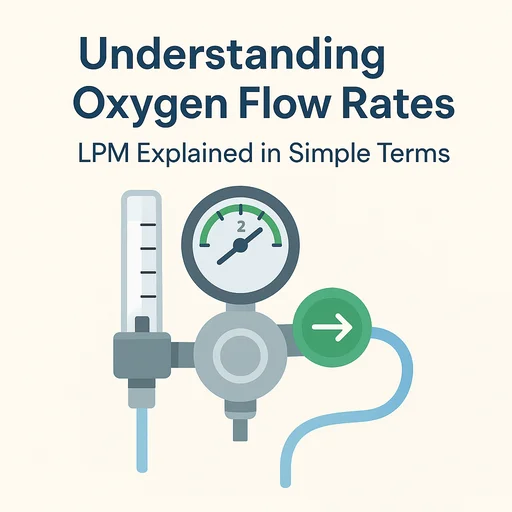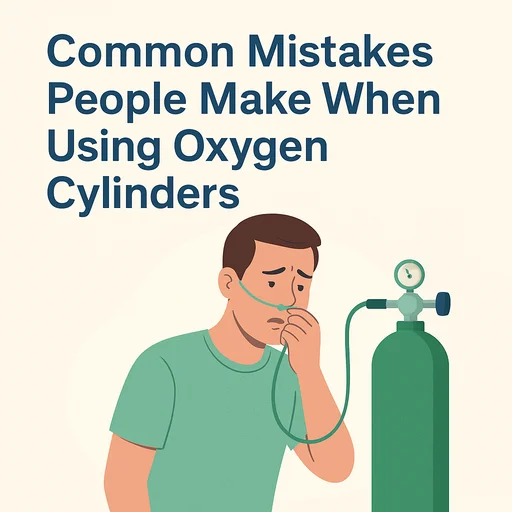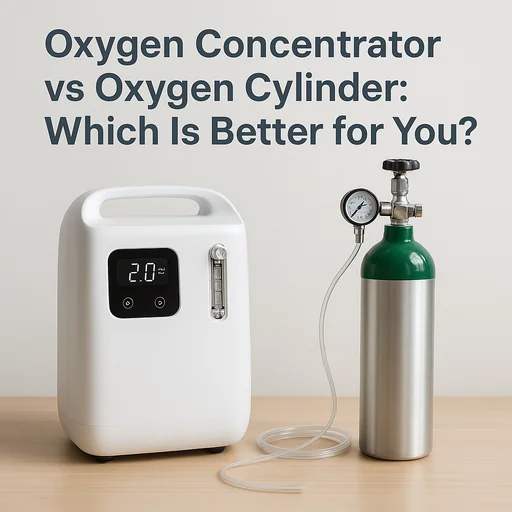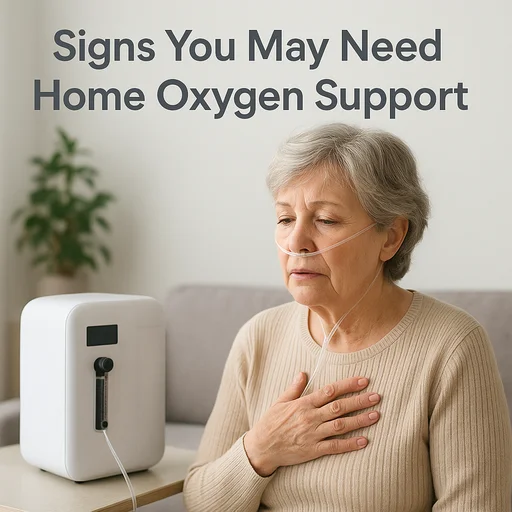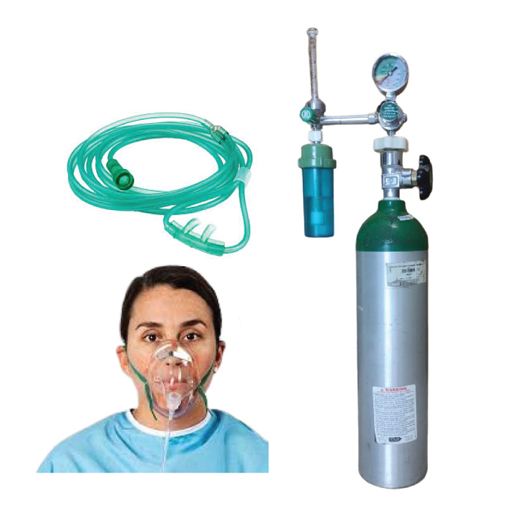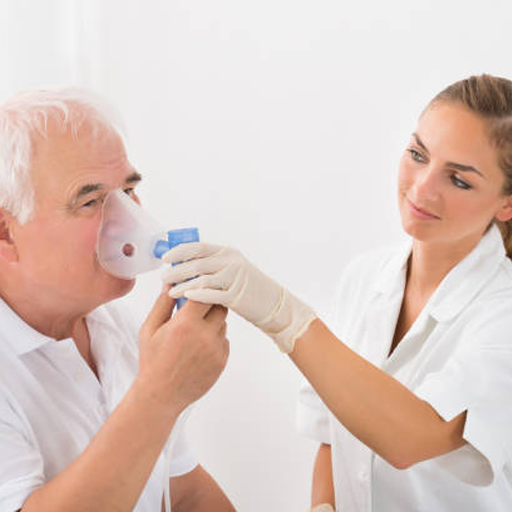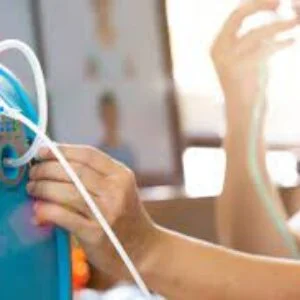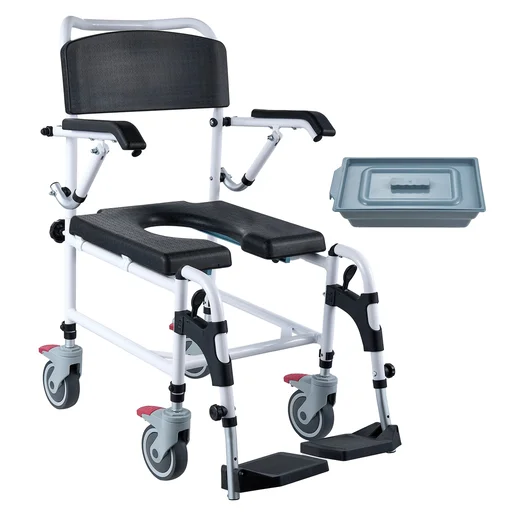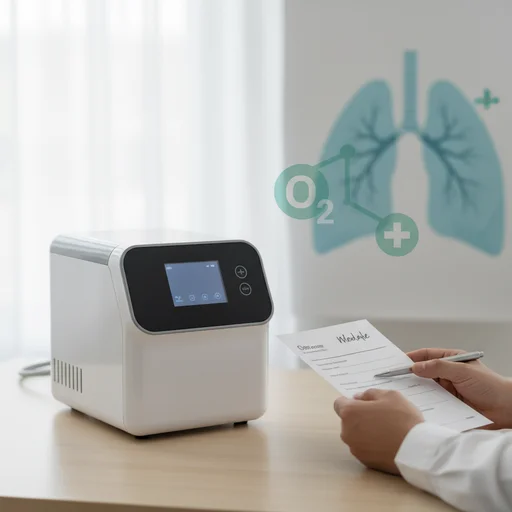When breathing becomes a daily challenge, every breath matters. For millions of people living with respiratory conditions, oxygen therapy isn’t just treatment. It’s freedom. It’s the difference between staying confined to one room and living an active life.
Medical oxygen concentrators have changed how patients receive oxygen therapy at home. But what makes them different from traditional oxygen tanks? Why are doctors increasingly recommending them? And most importantly, how can they improve your quality of life?
Let’s talk about what these devices really do and why they might be precisely what you need.
Understanding Medical Oxygen Concentrators
Think of an oxygen concentrator as a sophisticated air filter that works nonstop for you. These medical devices separate nitrogen from the air around you to provide higher oxygen levels, delivering up to 95% pure oxygen straight to your lungs.
Here’s the remarkable part… they never run out.
Unlike oxygen cylinders that require constant refills, an oxygen concentrator will never run out of oxygen as long as it has air available and a continuous power supply. The machine pulls in regular room air (which contains about 20% oxygen), filters out nitrogen and other gases, and then delivers concentrated oxygen through a thin tube directly to your nose.
A typical oxygen concentrator may deliver oxygen flows of 0.5–5 L/min-1, while some models can generate up to 10 L/min-1. That’s enough to meet the needs of most patients with chronic respiratory conditions.
If you’re in Dhaka and need reliable oxygen therapy equipment, Marium Oxygen offers both sales and rental options for oxygen concentrators with free installation support and 24/7 customer service.
The Health Benefits That Actually Matter
Oxygen therapy does more than help you breathe. When used correctly, it transforms your entire daily experience.
Better Physical Functioning
With supplemental oxygen therapy, you may feel less breathless while engaging in activities, have more energy, and be more physically active, as well as experience improved sleep. Simple tasks that once left you exhausted become manageable again—such as walking to the market, playing with grandchildren, and cooking your favorite meals.
The research backs this up. Ambulatory oxygen therapy can enhance exercise tolerance and alleviate breathlessness, allowing you to move through your day with greater confidence.
Improved Survival for Severe Cases
For patients with chronic obstructive pulmonary disease (COPD) and severe low oxygen levels, the benefits go beyond comfort. Long-term home oxygen therapy improves survival in patients with chronic obstructive pulmonary disease and persistent, severe hypoxaemia.
This isn’t about adding years to life for the sake of it. It’s about living those years fully, with less suffering and more capability.
Enhanced Quality of Daily Life
When used as prescribed, oxygen therapy provides numerous benefits, including an improved quality of life, fewer hospital visits, and a reduced risk of serious complications associated with low oxygen levels.
Fewer emergency room visits mean less disruption to your life. Less anxiety about your next breathing crisis. More time spent living instead of managing illness.
Why Choose a Concentrator Over Oxygen Cylinders?
This question comes up constantly. Both devices deliver oxygen, but the experience of using them differs dramatically.
Unlimited Supply Without Refills
The most apparent advantage? Unlike oxygen cylinders, which can run out of oxygen, oxygen machines will never run out of oxygen as long as air and power are available.
No more anxiety about running out. No more scheduling deliveries. No more keeping track of backup tanks. The concentrator works, day after day, as long as you plug it in or charge the battery.
For residents of Dhaka who need a consistent oxygen supply, Marium Oxygen provides both oxygen concentrators and oxygen cylinders to ensure you always have backup options.
Superior Safety Profile
Safety is crucial when handling medical equipment in your home. Patients on long-term oxygen therapy commonly use stationary oxygen concentrators, as they are cost-effective and are safer than using compressed gas cylinders.
Here’s why that matters: An oxygen tank could begin to leak, creating an oxygen-enriched atmosphere that increases the risk of a fire. Oxygen concentrators produce oxygen as needed, eliminating concerns about leaks and flammability.
Compressed oxygen cylinders under high pressure can become dangerous if damaged. Concentrators operate at normal atmospheric pressure, eliminating that risk.
Long-Term Cost Efficiency
Yes, concentrators cost more upfront. But look at the bigger picture.
Cylinder systems are often less expensive upfront, while concentrators carry a higher price tag. However, you will need to refill or replace tanks over time, which can be costly in the long run, whereas operating a concentrator is relatively inexpensive once it has been purchased.
Consider this analogy: buying oxygen cylinders is akin to paying rent. Buying a concentrator is like buying a house. The initial investment pays for itself over the course of months and years of use.
Convenience and Portability
Modern portable oxygen concentrators weigh just a few pounds. Portable medical oxygen concentrators are becoming increasingly compact and user-friendly, featuring noise reduction, automatic shut-off when no patient is detected, and extended battery life.
You can carry them to the mosque. Take them on family visits. Even travel by plane (many models are FAA-approved). Traditional oxygen cylinders are bulky and heavy in comparison, significantly limiting your mobility.
Practical Considerations for Home Use
Power Requirements and Backup Plans
Concentrators need electricity to function. A backup compressed gas cylinder is sometimes provided to use in case of a power failure.
This is where having a relationship with a reliable supplier matters. At Marium Oxygen, we understand that uninterrupted oxygen supply can be life-saving, which is why we offer backup cylinder options and 24/7 emergency support throughout the Dhaka division.
Maintenance and Care
One of the most significant advantages? Minimal upkeep. Oxygen concentrators require only one-time installation, and aside from light cleaning and routine checks, they require minimal maintenance.
Clean the filters regularly. Keep the unit away from dust. Ensure that air can circulate freely within it. That’s basically it: no complicated procedures, no frequent service calls, no technical expertise required.
Noise Levels
Be honest about this: some concentrators make noise. The machine constantly pulls in air, filters it, and compresses it. That creates sound.
However, newer models have become significantly quieter. If noise sensitivity is a concern, discuss this with your healthcare provider when selecting a model to ensure it meets your needs. Some patients run the concentrator in a different room with long tubing. Others find the gentle hum actually helps them sleep.
Who Benefits Most from Oxygen Concentrators?
Not everyone with breathing problems needs supplemental oxygen. Your doctor will test your blood oxygen levels to determine if you qualify.
Common Conditions That May Require Oxygen Therapy
Supplemental oxygen therapy helps individuals with COPD, COVID-19, emphysema, sleep apnea, and other breathing disorders obtain sufficient oxygen to function correctly and maintain their well-being.
Other conditions include:
- Chronic bronchitis
- Pulmonary fibrosis
- Heart failure
- Cystic fibrosis
- Lung cancer
- Pneumonia
People who live in or visit high-altitude areas may also need supplemental oxygen, though this is less relevant for most Bangladeshi patients.
Duration of Use Matters
Oxygen concentrators are recommended for patients using oxygen for more than 1.4 hours per day. If you require oxygen therapy for short periods, cylinders are a more practical option. But for patients requiring continuous or near-continuous oxygen, concentrators become the clear choice.
Results suggest that there are survival benefits when supplemental oxygen is prescribed for at least 15 hours per day. Many patients use their concentrators 18-24 hours daily, which is where the unlimited supply really shows its value.
Making the Right Choice for Your Needs
The decision between different oxygen delivery systems should never be made without consulting others. Your doctor is familiar with your specific condition, oxygen requirements, and lifestyle needs.
However, understanding your options helps you have more informed conversations with your healthcare team. Ask questions—express concerns. Talk about your daily routine and what matters most to you.
Are you mostly homebound? A stationary concentrator might be perfect. Do you need to travel for work or family? Look into portable models. Do you have frequent power outages in your area? Consider keeping backup cylinders on hand.
For patients in Dhaka, Bangladesh, finding a trustworthy supplier makes all the difference. Marium Oxygen provides government-approved medical oxygen equipment with fast delivery (just 60 minutes within Dhaka city), cash-on-delivery options, and installation support from trained professionals.
Beyond Equipment: Complete Support System
Having the right equipment is just the starting point. You also need:
- Proper training on how to use your concentrator safely
- Regular follow-up with your healthcare provider
- Someone to call when problems arise at 2 AM
- Access to backup supplies when needed
- Guidance on managing oxygen therapy while traveling
Oxygen therapy is a medical treatment, not just a product. The best outcomes happen when patients receive comprehensive support, not just a device dropped at their doorstep.
Marium Oxygen serves the entire Dhaka division with a complete range of respiratory support equipment, including CPAP machines for sleep apnea, nebulizer machines, and pulse oximeters to monitor your oxygen levels at home.


